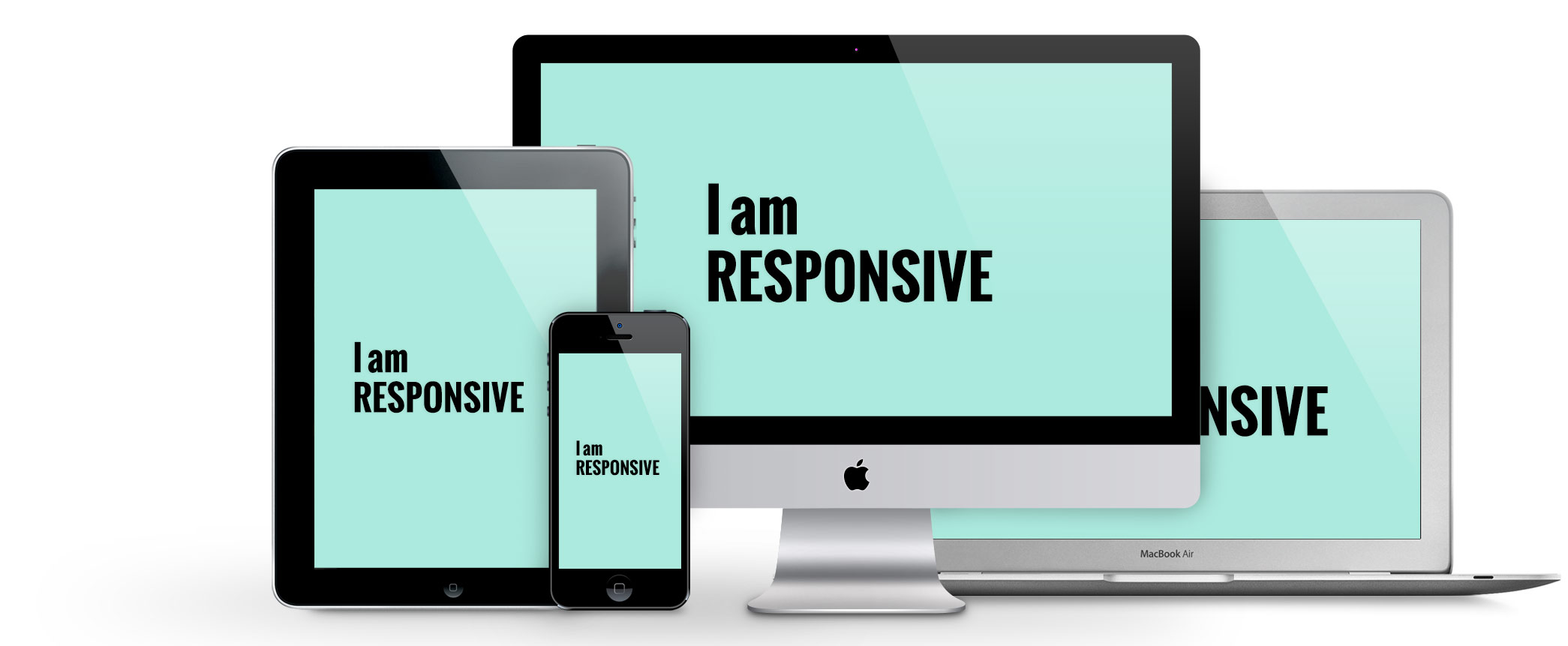Responsive Web Designing

What is Responsive Web Design?
Responsive Web Design makes your web page look good on all devices (desktops, tablets, and phones).
Responsive Web Design is about using CSS and HTML to resize, hide, shrink, enlarge, or move the content to make it look good on any screen.
Designing For The Best Experience For All Users
Web pages can be viewed using many different devices: desktops, tablets, and phones. Your web page should look good, and be easy to use, regardless of the device.
Web pages should not leave out information to fit smaller devices, but rather adapt its content to fit any device.
3 Reasons Why Responsive Web Design is the Best Option For Your Mobile SEO Strategy.
As smartphone and tablet adoption rapidly increases, so does the importance of mobile-friendly websites.
If SEO is a core component of your digital marketing strategy, having a mobile–friendly website is becoming essential.
Mobile sales have already overtaken desktop sales, and mobile Internet usage is predicted to overtake desktop internet usage by 2014. It is only logical that mobile search will overtake desktop search at some point in the near future as well.
Since 67 percent of users claim they are more likely to purchase from a mobile-friendly website, companies that rely on SEO are wise to begin making the transition to mobile-friendly websites, and responsive web design specifically.
The argument between whether to choose a responsive website or a separate mobile website is a highly debated topic. However, the truth is that both options have their pros and cons.
The option that is best for your business depends on many factors, such as the purpose of the website, the intended target audience, and whether SEO is a factor.
If SEO is a factor, here are three reasons why responsive web design is the best option for your mobile SEO strategy.
1. Recommended By Google
With 67 percent search market share, when Google speaks, search marketers listen. Google states that responsive web design is its recommended mobile configuration, and even goes so far as to refer to responsive web design as the industry best practice.
This is because responsive design sites have one URL and the same HTML, regardless of device, which makes it easier and more efficient for Google to crawl, index, and organize content. Contrast this with a separate mobile site which has a different URL and different HTML than its desktop counterpart, requiring Google to crawl and index multiple versions of the same site.
Additionally, Google prefers responsive web design because content that lives on one website and one URL is much easier for users to share, interact with, and link to than content that lives on a separate mobile site.
Take for example a mobile user who shares content from a mobile site with a friend on Facebook who then accesses that content using a desktop, which results in that user viewing a stripped down mobile site on their desktop. This creates a less than optimal user-experience, and because of the large emphasis Google is now placing on user-experience as a ranking factor, this is essential to take into account with regards to SEO.
2. One Website, Many Devices
One of the most appealing aspects of responsive web design is that a responsive website can provide a great user-experience across many devices and screen sizes. This is an important characteristic, since it is impossible to anticipate all the devices and screen sizes searchers will use to access your site. A site that works well regardless of these variables will provide a better and more consistent user-experience than a separate mobile site that is designed for a specific device and screen size.
Let’s take the following example. Someone searches for a product on their smartphone during a lunch break at work. They find a site that has the product they’re looking for, and decide to continue researching this product on the same site when they get home. Except, when they get home, they will use their desktop instead of their smartphone.
If the site in this example is responsive, this person will have a positive user-experience when transitioning from mobile to desktop because they will view the same site on their desktop as they did on their smartphone. On the other hand, if the site is a dedicated mobile site, this person will become frustrated with the fact that they have to locate the desktop version of the site, and find the product all over again.
3. Easier to Manage
Having a separate desktop and mobile site requires having separate SEO campaigns. Managing one site and one SEO campaign is far easier than managing two sites and two SEO campaigns. This is a key advantage a responsive website has over a separate mobile site.
That being said, there are benefits to having a mobile-specific SEO strategy, such as optimizing for keywords that are more likely to be searched when someone is on their smartphone.
For example, someone performing a mobile search for a local restaurant may be more inclined to use the word “nearby” in their search query. However, a separate mobile site is not a requirement for a mobile SEO strategy, and there’s no reason why mobile-specific keywords can’t be incorporated into a responsive design site as well.
Conclusion
Responsive web design is recommended by Google, it allows one website to provide a great user-experience across many devices and screen sizes, and it also makes managing your SEO strategy easier. For these reasons, responsive web design is the best option for your mobile SEO strategy.
Editor’s note: This column originally was published on March 12, 2013, and comes in at No. 8 on our countdown of the 10 most read Search Engine Watch columns of 2013. As the clock ticks down to 2014, we’re celebrating the Best of 2013 by revisiting our most popular columns, as determined by our readers. Enjoy and keep checking back!




I don’t even know the way I ended up right here, however I assumed
this submit was good. I don’t recognize who you might be but certainly you’re going to a well-known blogger when you
aren’t already. Cheers!
I am sure this paragraph has touched all the internet users, its
really really fastidious piece of writing on building up new website.